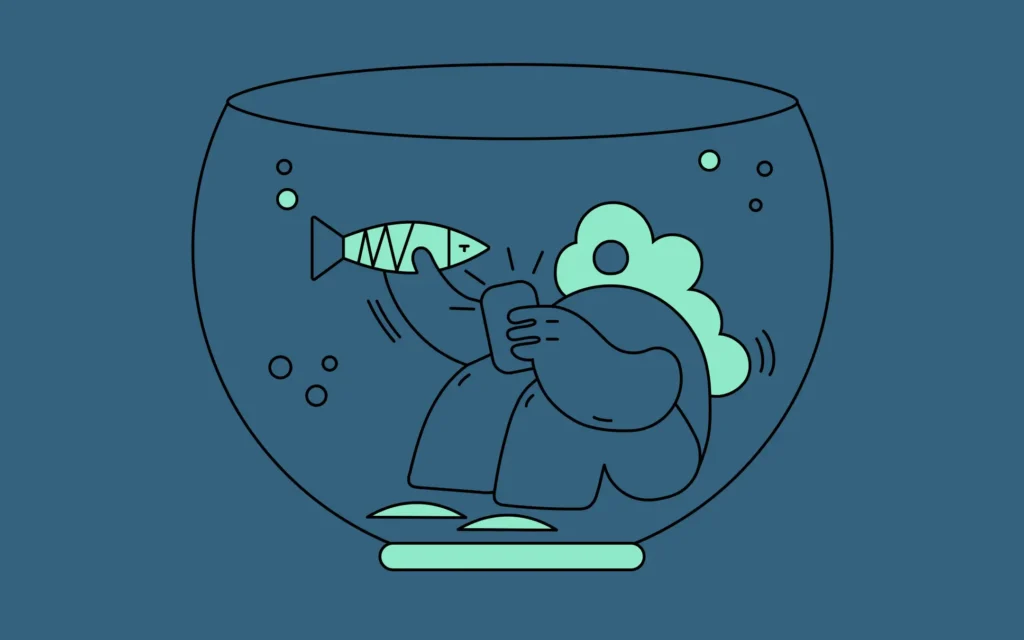Perspectives that propel our efforts.
Top Posts

Market Insights That Come from the Heart
Read more
Infusing a Brand with Big Heart Begins with Big Thinking: How Small Design Cues Can Generate Great Big Feels
Read more
Telling Your Story of Growth: The Power of a Strategic Narrative
Read more
How Do You Orient Your Team When Everything Seems Uncertain?
Read more
Load More















